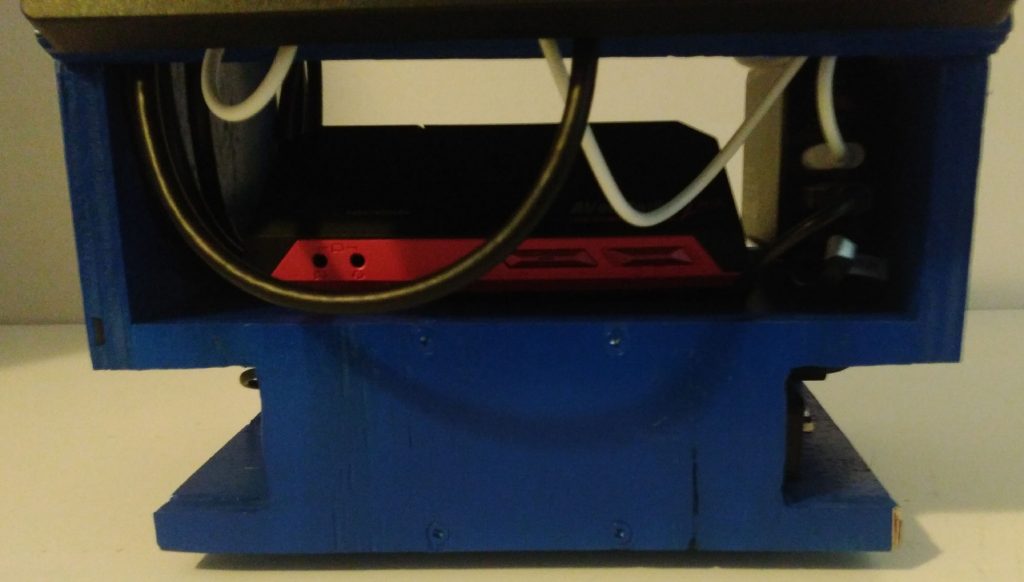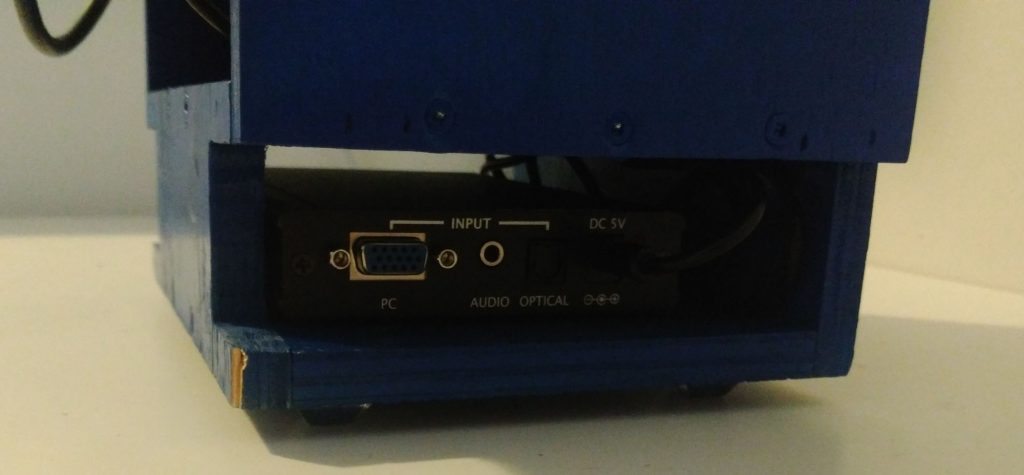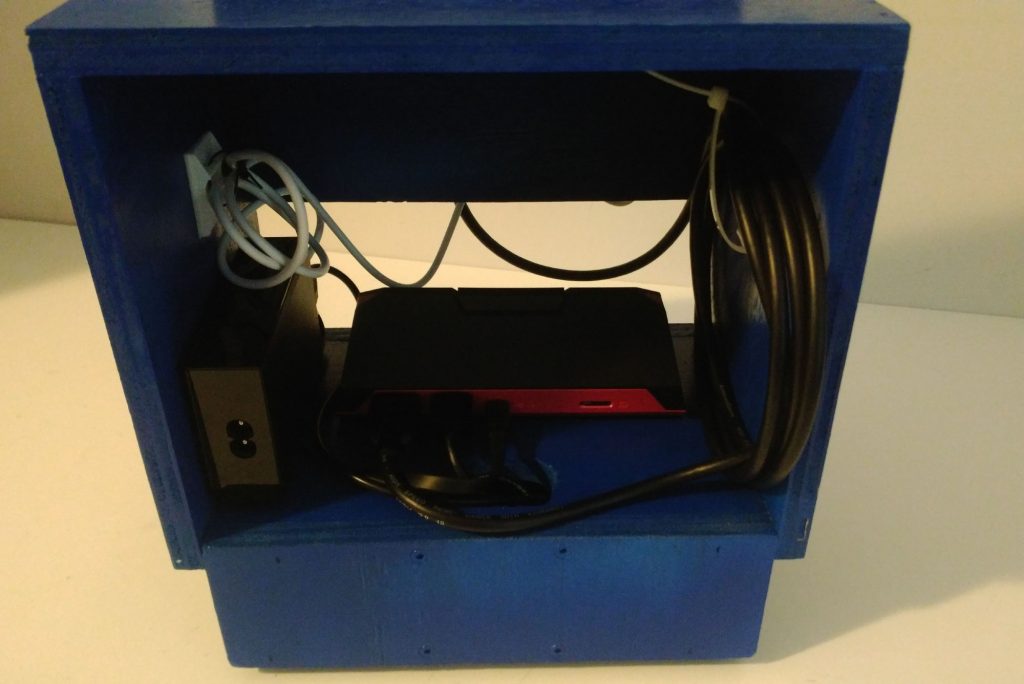When I got into retro computing, one of the first things I wanted to do was capture video output from my old machines. Unfortunately, it turns out that capturing (decent looking) video from an old PC is one of those hard problems in computing. There’s a 37-page thread on VOGONS, many discussions on forums and Reddit, and several videos. The problem is that most old systems only output VGA which most capture devices don’t support, and many output somewhat non-standard signals that a lot of devices won’t accept at all.
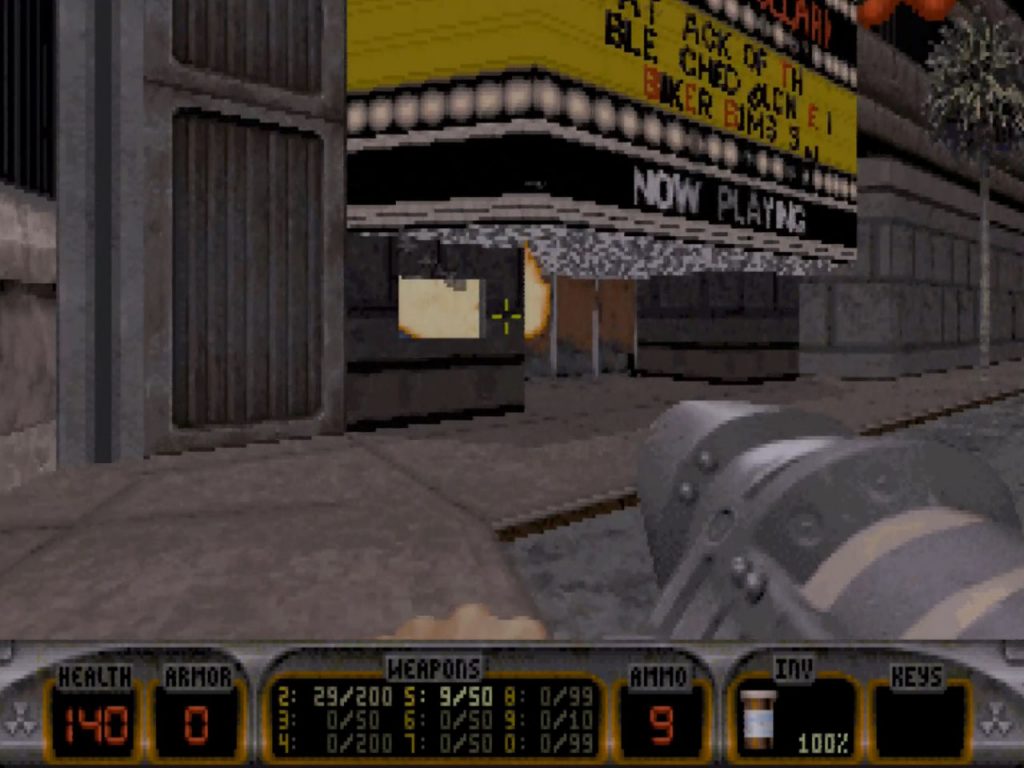
There are a few different approaches that work, but the one I chose was to use a professional-grade VGA->HDMI scaler and an HDMI capture device. For the most part, this approach has worked well for me and I’ve been able to capture pretty decent footage.
I went with the (discontinued) Startech VGA2HDMIPRO scaler. It’s one of the known good scalers that can handle 240p and 720×480 75hz signals, and I picked this one in particular because it’s relatively compact and runs off 5V. It’s sturdy, provides good image quality, and has a robust OSD with lots of options. Best of all, it was cheap- these type of devices are almost worthless on the used market.
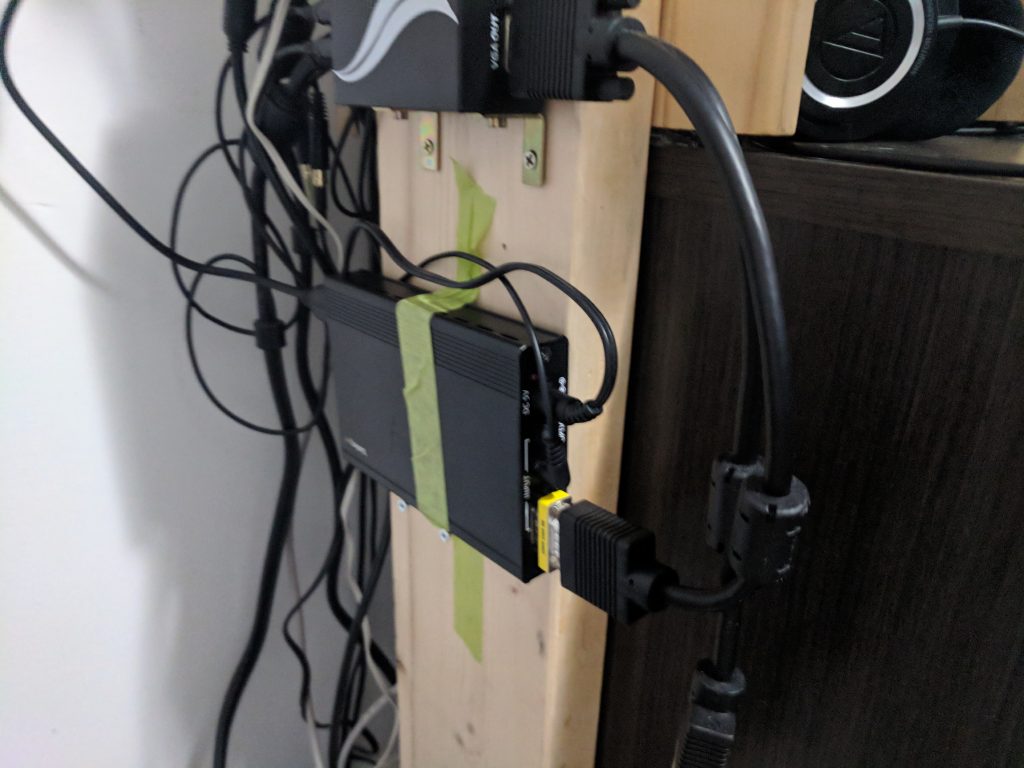
For the actual capture device, I went with an AverMedia Live Gamer Portable 2 Plus. It records at up to 1080p60 and can pass through 4K video (I’ve never tested that). I wanted this one in particular because of its PC-free mode. It still supports connecting via USB and recording to a PC, but it will also record to a microSD card.
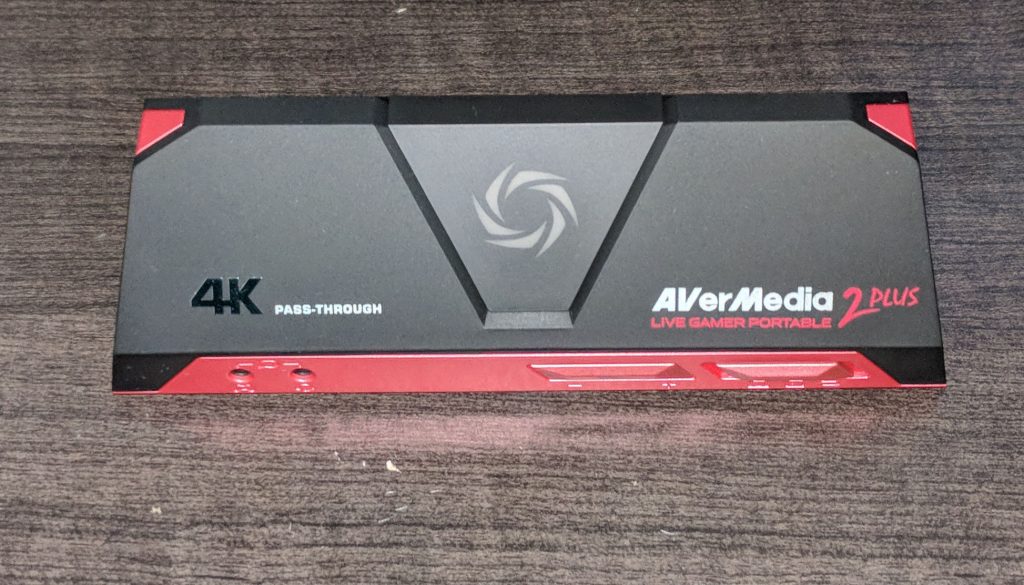
I’ve had this setup for over a year now, but it hasn’t had much use because, well, it’s a pain in the ass. I installed everything on the side of my desk, but not all my retro rigs live there, and to actually record I still have to snake wires across. On top of that, while I can play lag-free thanks to a second monitor and VGA splitter, I can’t actually see the OSD or the borders of the VGA converter without hooking my capture unit to a PC.
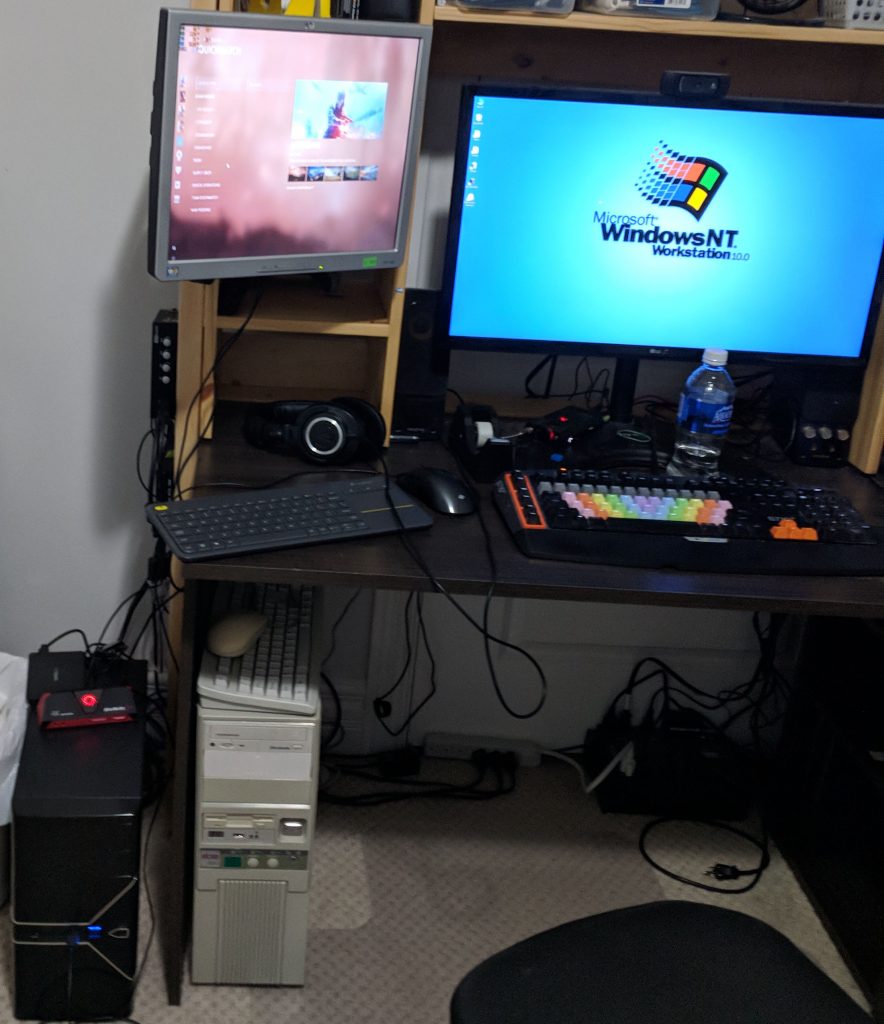
The idea of building everything into a portable unit that I can store away, take out and plug in has been on my mind since I started getting the components together. Finally, I’ve had the opportunity to actually build the thing.
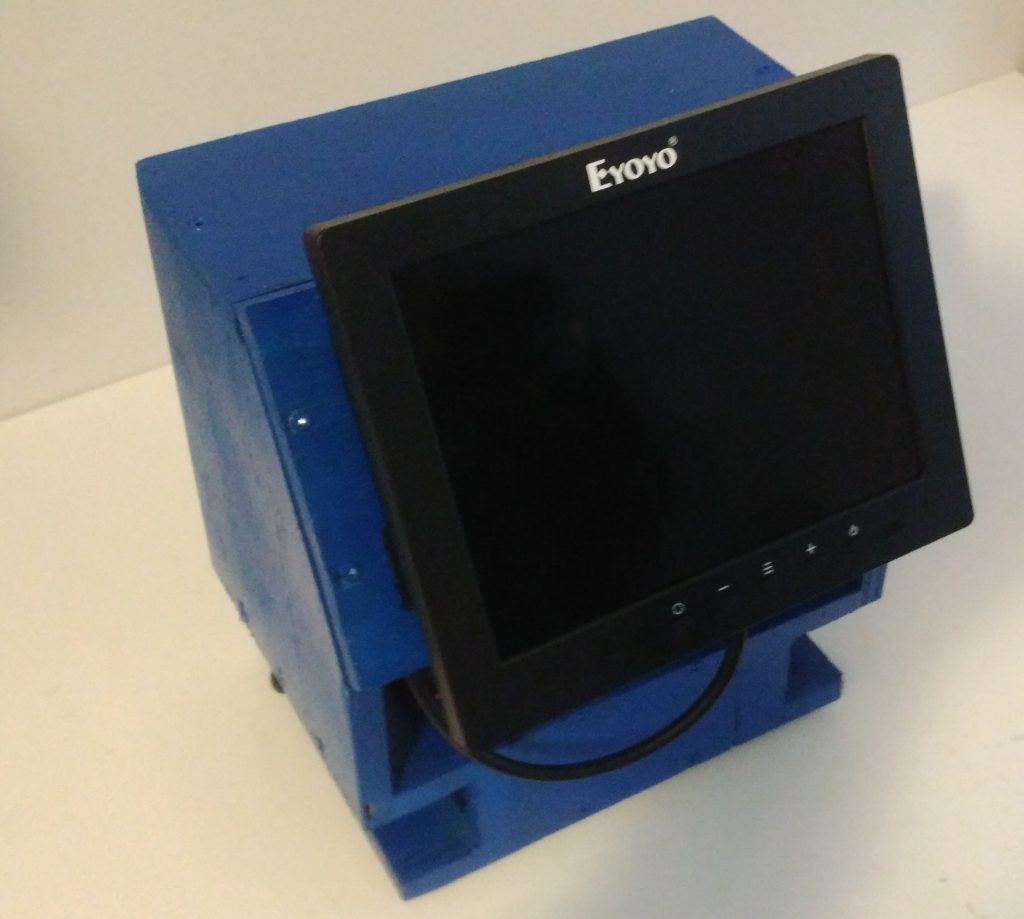
I did a little bit of design work before building. My goals were:
- Use the hardware I already have. Natch.
- Self-contained, with as little external cabling as possible. This means an integrated screen for monitoring, as well.
- Ports/cabling should be accessible, in case I want to, say, record an HDMI source or record to a PC
- Make it easy to take out parts if I need to use them on their own.
- Small and portable.
The design was largely dictated by the shape of the components and the location of their ports. I played around with the components and scribbled various designs down, but this is the best I could come up with. VGA scaler underneath with the capture device and power supply above, with the screen above that at an angle. I actually toyed with the idea of including a power bank, but decided to just stick with a USB power supply instead.
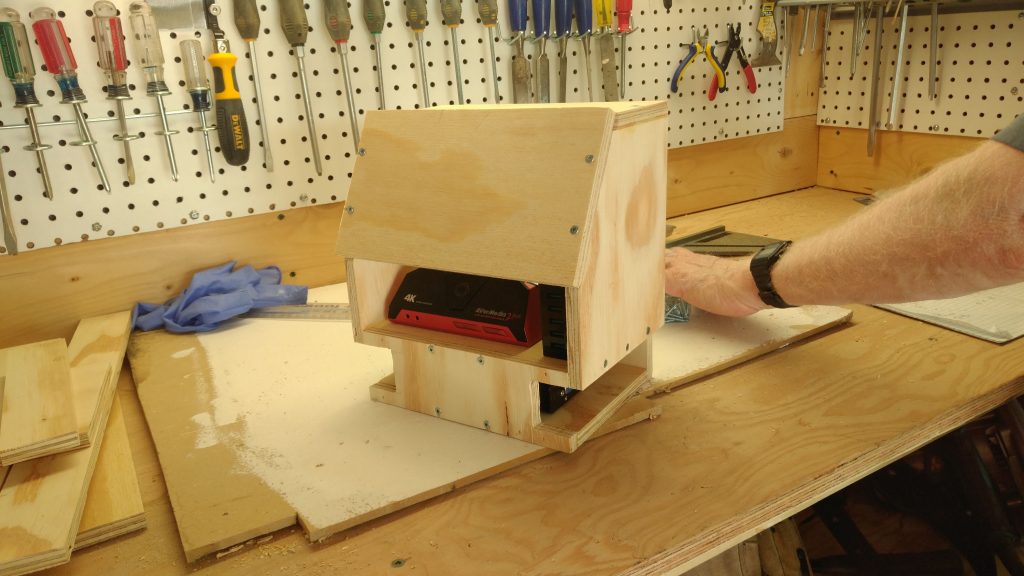
My father (and his well-stocked workshop) helped me build this, because I don’t know the first thing about woodworking. Nor do I own any woodworking tools more advanced than a cordless drill. The lousy paint job, however, is 100% my fault.
It’s really more of a prototype than a final product, and I had to compromise on a few things.
I had a different screen that is 16:9 and the correct size, which I was going to use, but changed it at the last minute when I realized I needed audio. I found a few that would work, but until I can actually get one, I’m just using the one I bought months ago. It’s the wrong shape, but it has audio and it was there.
It also doesn’t have a handle (it’s supposed to but I’m too cheap to buy the right one), and I’m not sure if there’s adequate ventilation for the VGA scaler. There’s also no onboard storage for the cables. It wasn’t actually designed with that, but it would be a nice thing to add in the future.
But for now, it’s a handy little box, and I’m looking forward to capturing more footage of retro games from my old machines!

